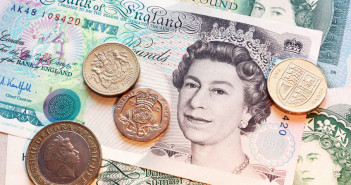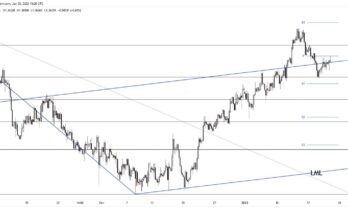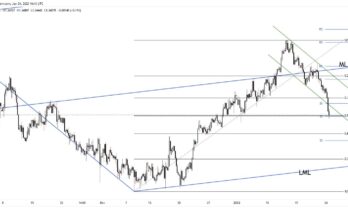Yesterday’s rise in stocks and oil, in part on the back of expectations of further Chinese stimulus, always looked a little strange and so it is that we’ve seen a more negative tone emerge to stocks and energy overnight. In FX, this means that the fall in the yen brought has been quickly reversed, USDJPY very close to the 116.50 low seen at the end of last week. USDCAD moved higher once again, not having seen a down day on a closing basis for the whole of the year to date. Meanwhile, sterling has nearly reached the most bearish of bank end Q1 forecast already (1.41), vs. the median expectation of 1.51. BoE Governor Mark Carney continues his penchant for trying to guide markets on rates (and rather unsuccessfully), confirming what markets had already taken on board, namely that “this is not the time to raise interest ratesâ€. As such, this was not a great surprise to the currency. The current environment has continued to favour the Swiss franc as well as the yen, with the euro holding up well and the US interest rate story has changed from pricing hikes, more towards pricing steady policy, at least for the first half of the year.
The focus early on today will remain with sterling as UK labour market data is released at 08:30 GMT. Thereafter, we’re going to be looking at the CPI data in the US, where the headline rate is seen rising further from 0.5% to 0.8%, whilst the core rate is seen rising marginally from 2.0% to 2.1%. Weaker figures could weight on the dollar, but it would take numbers more than 0.1% off expectations to really impact, given the shift in rate expectations seen so far this year. It’s risk, China and the impact on equities that will continue to drive FX sentiment over the coming days.
Further reading:
Get the most predictable currency pairs list
EUR/USD: Why these safe haven gains are limited



